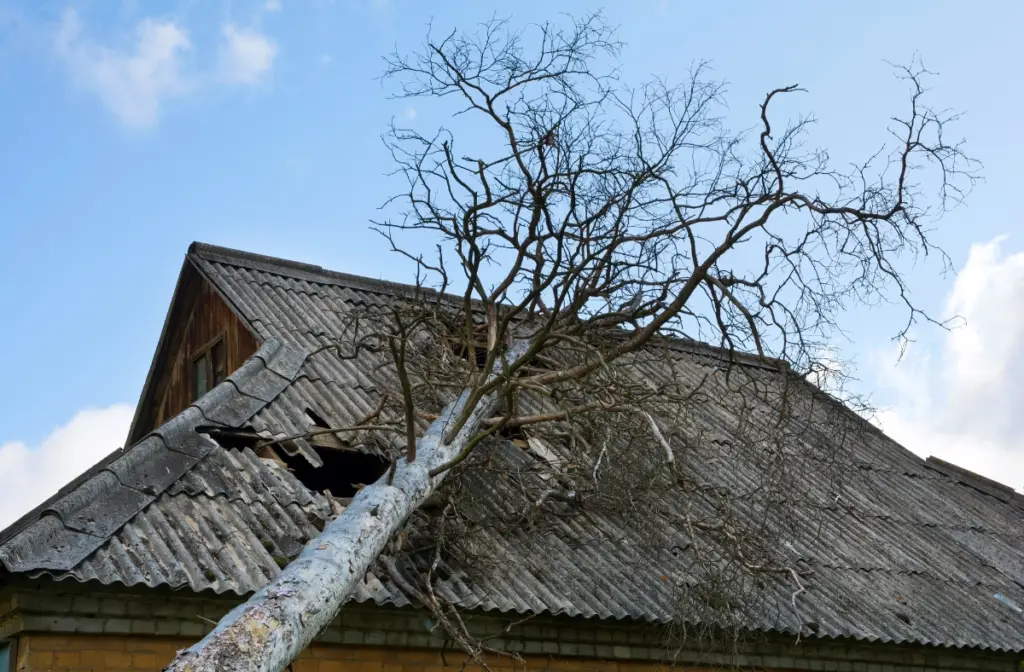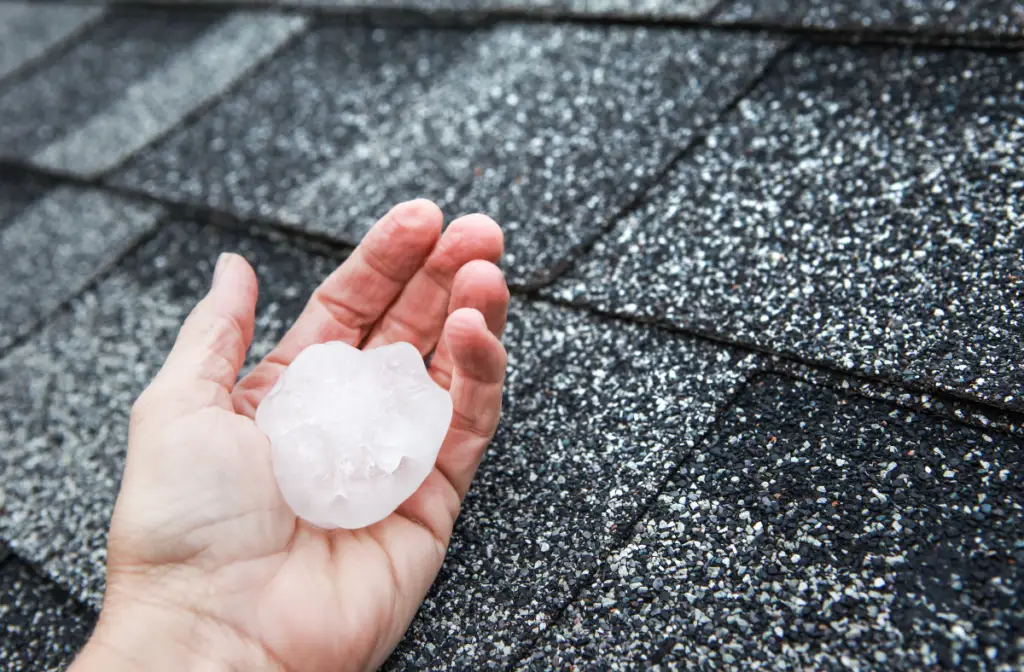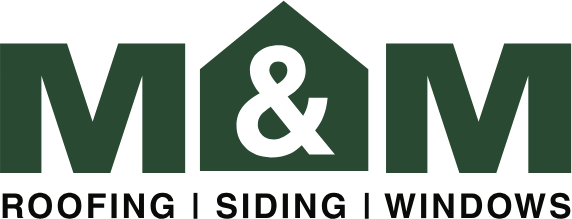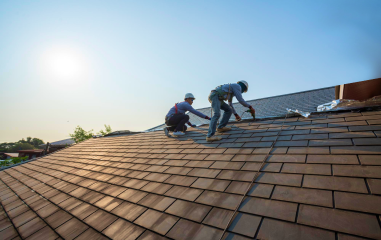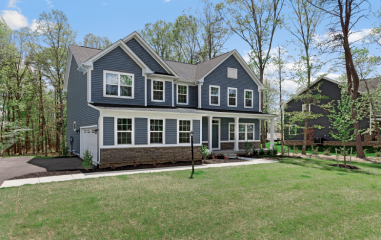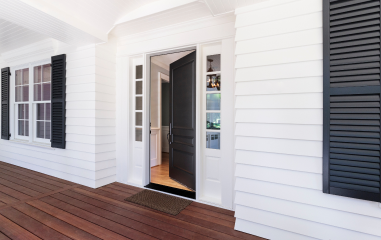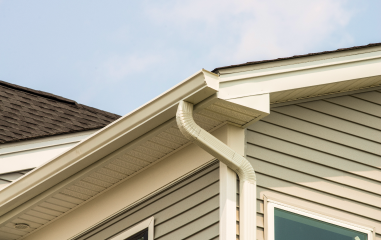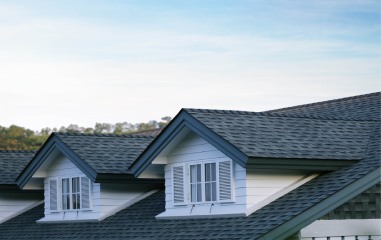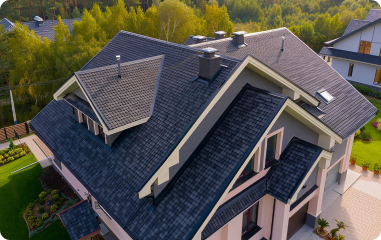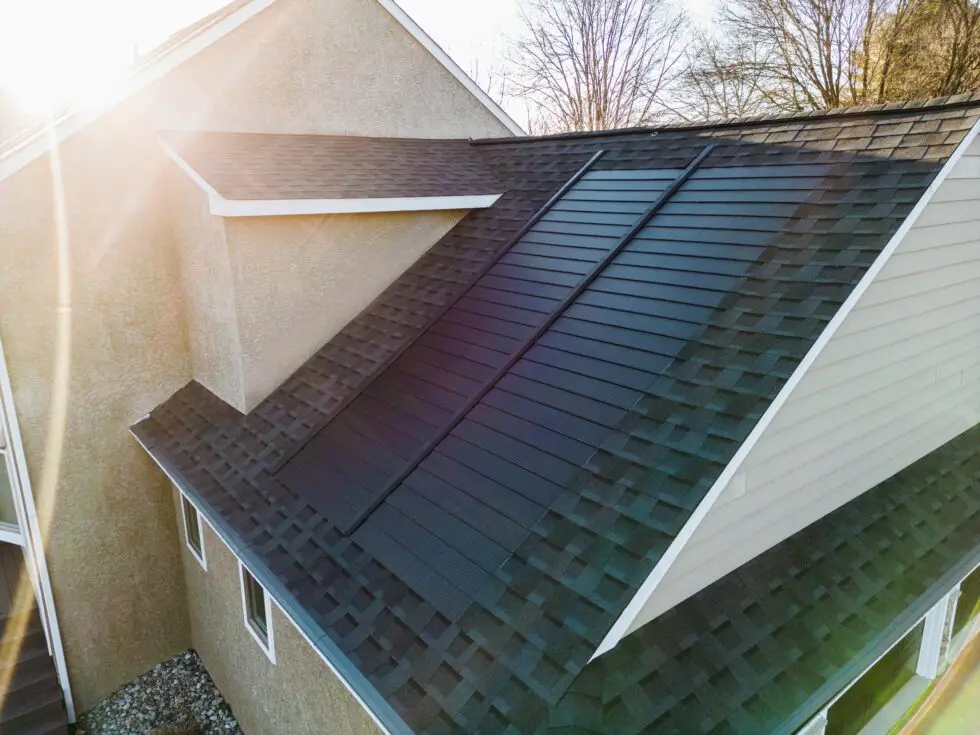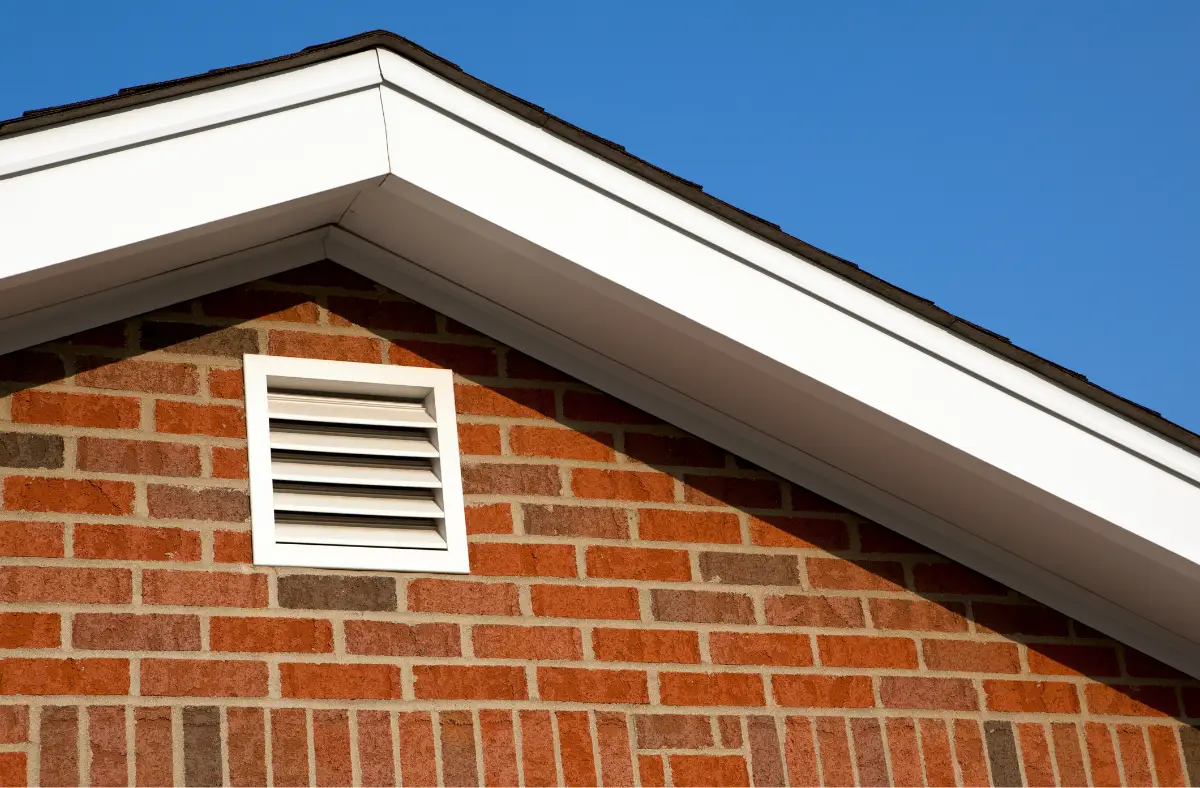Attic ventilation is one of the most overlooked yet essential aspects of maintaining a healthy, durable roofing system. Proper attic ventilation is vital for preserving the integrity of your roof and ensuring your home’s energy efficiency. Whether it’s scorching summers or freezing winters, your roof and attic are constantly exposed to extreme conditions. Without adequate ventilation, this exposure can lead to costly damage, reduced lifespan of your roofing materials, and an uncomfortable living environment. This blog post will explore the importance of attic ventilation, how it works, and the benefits it brings to your roofing system.
An expert roofing contractor like M&M Roofing, Siding & Windows can evaluate the condition of your attic ventilation system and will work with you to make any necessary improvements.
What Is Attic Ventilation?
At its core, attic ventilation refers to the natural or mechanical movement of air through the attic space of a home. It’s about creating a balance between intake and exhaust ventilation to maintain proper air circulation. Typically, intake vents are placed at the soffits (the underside of roof eaves), while exhaust vents are installed near the ridge or top of the roof. This system allows cooler air to enter the attic from the intake vents and pushes out hot or moist air through the exhaust vents.
A well-ventilated attic maintains a consistent air exchange, which is essential for controlling temperature, humidity, and the overall health of the roofing structure.
Why Is Attic Ventilation Important?
The primary reason attic ventilation is critical is because it helps regulate temperature and moisture levels inside the attic space. In cities on or near the Gulf Coast, humidity levels tend to be high, so attic ventilation protects the roof and prevents a variety of issues that can arise from heat buildup or condensation. Here’s how proper attic ventilation impacts your roof:
1. Prevents Heat Buildup in the Summer
During the summer, the attic can become extremely hot, especially if it isn’t well-ventilated. Temperatures in an unventilated attic can soar to 150°F (65°C) or higher, far exceeding the temperature outside. This heat radiates downward, making your home hotter and forcing your air conditioning system to work harder to maintain a comfortable indoor temperature. As a result, your energy bills increase, and the lifespan of your roofing materials shortens due to the constant exposure to extreme heat. In Texas and Louisiana, extreme weather is especially a concern during our hot summer months.
Asphalt shingles, for example, can deteriorate faster when exposed to high temperatures. Over time, this causes them to crack, warp, or lose their protective granules. Proper attic ventilation helps keep the attic cooler, which not only prolongs the life of your roofing materials but also reduces cooling costs during the summer months.
2. Reduces the Risk of Ice Dams in the Winter
In colder climates, improper attic ventilation can lead to the formation of ice dams during the winter. Ice dams occur when warm air from the living spaces below rises into the attic and heats the underside of the roof. This causes snow or ice on the roof to melt, which then runs down the slope and refreezes at the colder eaves, creating a dam. The ice dam blocks additional runoff, leading to standing water that can seep under shingles and cause water damage to the roof, insulation, and even the interior of the home.
Proper ventilation ensures that cold air from the outside can circulate through the attic, keeping the roof surface cool and preventing uneven snowmelt. This helps minimize the risk of ice dams and the costly repairs that often accompany them. While ice dams aren’t as much of a concern on the Gulf Coast, we do occasionally get freezing weather (remember Winter Storm Uri that blew through Texas in February 2021?), meaning that this type of damage should also be on Texas and Louisiana homeowners’ radars.
3. Controls Moisture Levels
Moisture is one of the most damaging factors to a roof and attic. Without proper ventilation, moisture from daily activities such as cooking, showering, or laundry can become trapped in the attic. This excess moisture can condense on cold surfaces in the winter or contribute to mold growth in warm, humid conditions. Moisture buildup in the attic not only leads to wood rot and structural damage but can also negatively affect your insulation, reducing its effectiveness and leading to higher energy costs.
By ensuring adequate ventilation, moisture is able to escape, reducing the likelihood of mold growth, wood rot, and insulation problems. This helps preserve the structural integrity of your roof and prevents costly damage that can compromise the safety of your home.
.
4. Improves Indoor Comfort
Attic ventilation plays a significant role in regulating indoor temperatures. Without proper ventilation, your home can become uncomfortably warm in the summer and drafty in the winter. By allowing air to flow freely through the attic, you can maintain more consistent indoor temperatures, which translates into better overall comfort for occupants. This is particularly important for homes with finished attics or rooms located directly beneath the attic space.
5. Increases Energy Efficiency
A well-ventilated attic contributes to the energy efficiency of your home by reducing the strain on your heating and cooling systems. In the summer, it helps keep the attic cooler, so your air conditioning system doesn’t have to work as hard to cool the living spaces below. In the winter, proper ventilation prevents the attic from becoming excessively warm, which helps avoid heat loss through the roof and keeps heating costs lower.
Improved energy efficiency not only leads to lower utility bills but also reduces your home’s carbon footprint, making it an environmentally friendly choice.
6. Prolongs Roof Lifespan
The combined benefits of reduced heat buildup, controlled moisture, and prevention of ice dams all contribute to prolonging the lifespan of your roofing materials. A well-ventilated attic reduces the likelihood of shingle damage, wood rot, and structural issues that can necessitate costly roof repairs or replacements. Investing in proper attic ventilation is a long-term strategy to maximize the lifespan of your roof and protect your home from premature deterioration.
M&M Roofing offers free roofing inspections to help identify any issues that might affect the integrity of your roof, including improper attic ventilation.
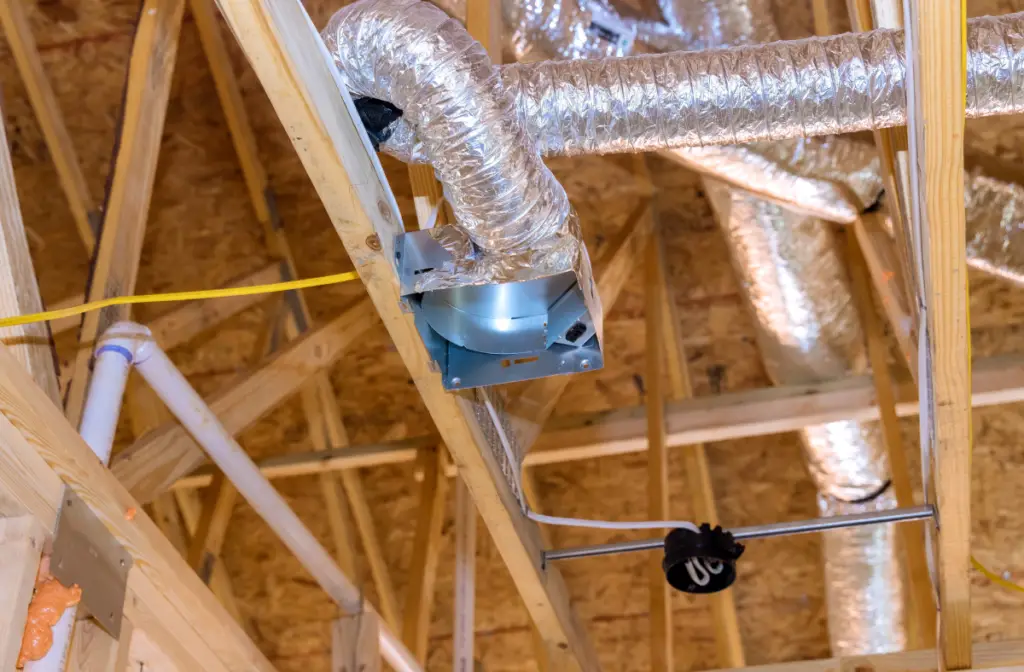
Types of Attic Ventilation Systems
There are several types of attic ventilation systems available, each with its own advantages. The most common options include:
- Ridge Vents: Installed along the peak of the roof, ridge vents provide continuous airflow along the entire length of the roof. They are highly effective at releasing hot air from the attic and are often paired with soffit vents for intake.
- Soffit Vents: These intake vents are installed under the eaves of the roof and allow cooler air to enter the attic. They work in conjunction with ridge vents or other exhaust systems to create a balanced airflow.
- Gable Vents: Located on the exterior walls of the attic, gable vents promote cross-ventilation and can be used as either intake or exhaust vents, depending on their placement.
- Powered Attic Fans: These fans are installed in the attic to help exhaust hot air during the summer months. While they can be effective, they require electricity to operate, so they aren’t as energy efficient as passive ventilation systems like ridge and soffit vents.
Attic ventilation is crucial for maintaining the health and longevity of your roofing system. It regulates temperature, controls moisture, prevents damage from ice dams, and improves the energy efficiency of your home. By ensuring proper airflow in your attic, you can protect your roof from premature wear and costly repairs, while also enhancing the comfort and efficiency of your living spaces. Investing in a well-ventilated attic is a smart decision that pays off in terms of lower energy bills, extended roof life, and a more comfortable home environment.
Call M&M Roofing today to schedule your free roofing inspection, which includes evaluating your attic ventilation system.
